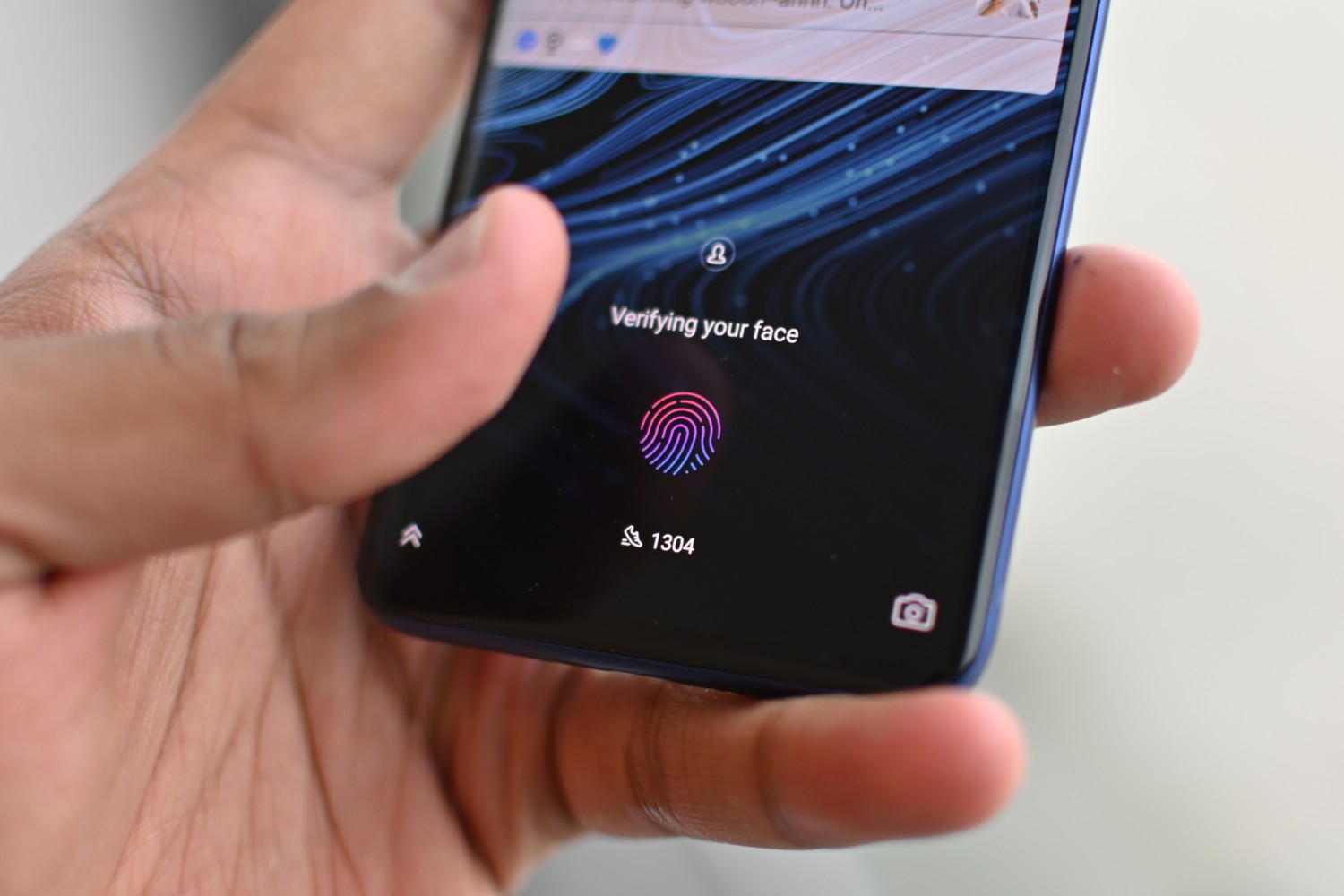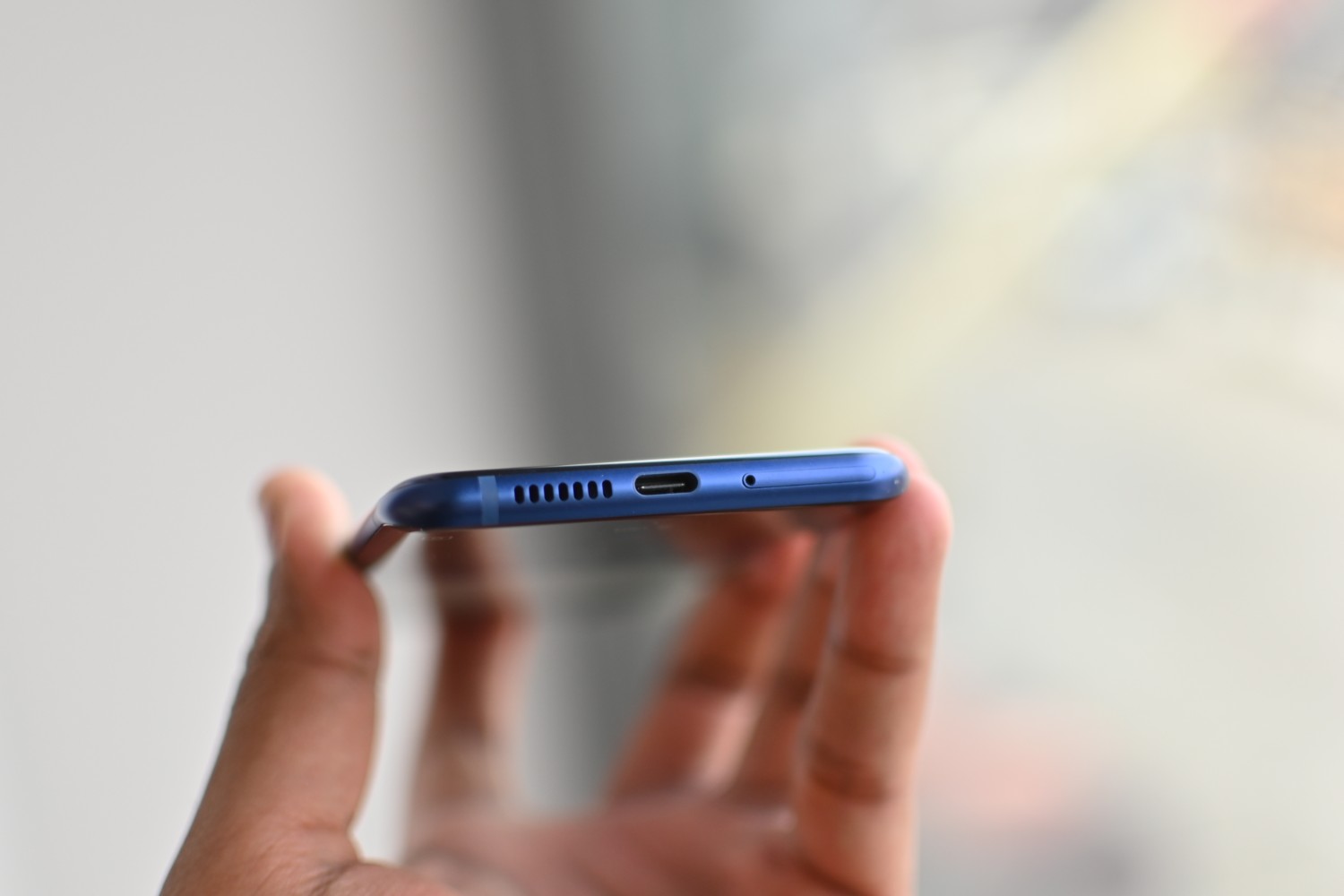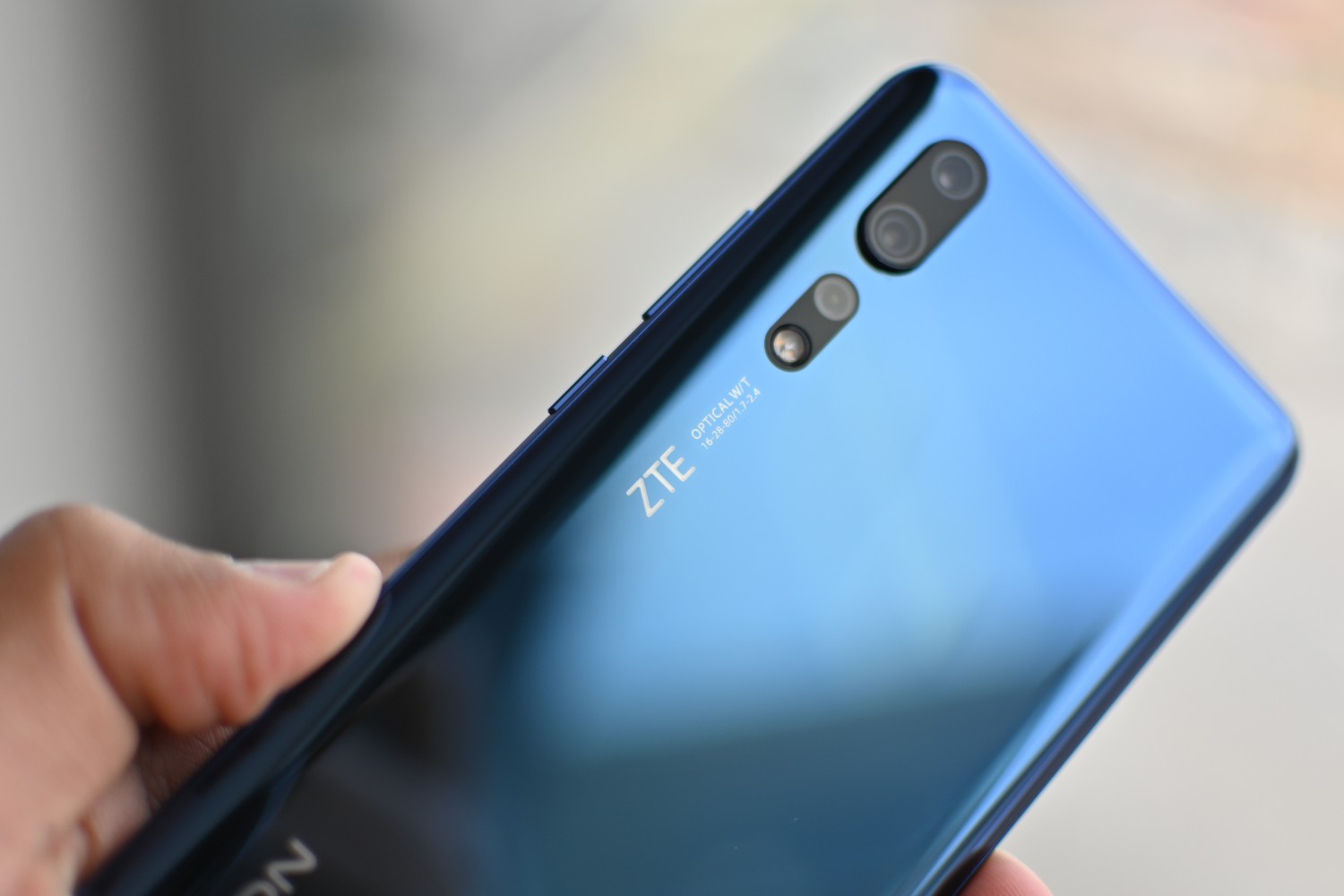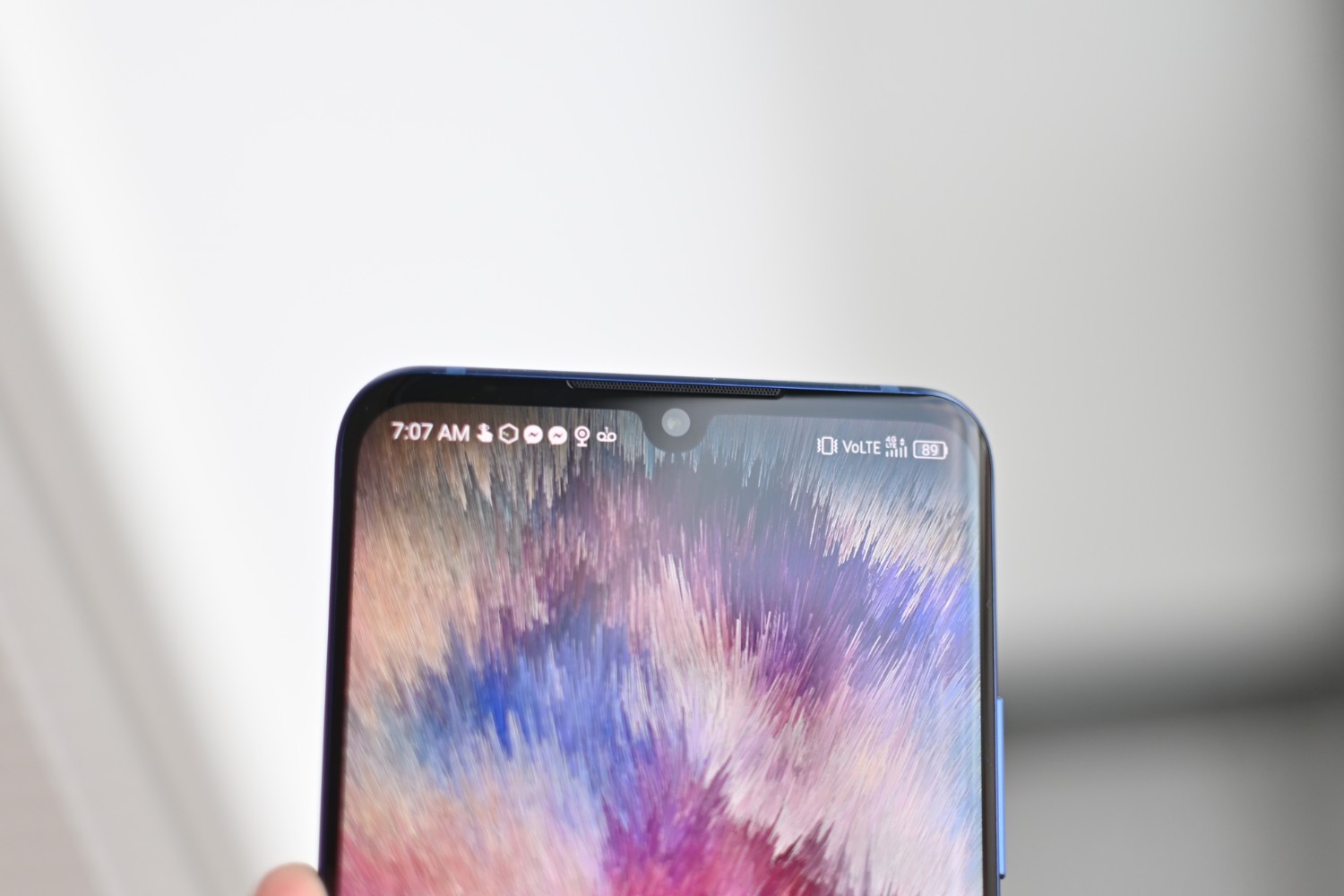
ZTE is finally bringing a flagship phone — the Axon 10 Pro — to the United States, its first since the dual-screen Axon M smartphone it launched in 2017.
Why the absence? In 2017, the company was forced to pay heavy fines for illegally shipping American goods to Iran, violating U.S. sanctions. It was forced to dismiss several senior executives and discipline others but lied to regulators about reprimanding employees, which is when the U.S. government banned American companies from selling to ZTE. The Chinese company worked out a deal and the ban was lifted, but it had to pay more in fines, replace its entire senior executive team, and had to agree to a compliance monitor selected by the U.S. Department of Commerce. It’s still operating under a 10-year suspended ban, which means the U.S. can activate the ban again if violations are found.
The Axon 10 Pro, announced at Mobile World Congress 2019, isn’t the first ZTE phone to land in the U.S. since 2017, just the first flagship phone. The company introduced a few budget phones such as the Blade Max View and Blade Max 2S that are available from various retailers.
ZTE has already launched the Axon 10 Pro in several international markets, including a 5G variant of the phone, but the U.S. model will not support 5G — likely due to ongoing 5G concerns between the U.S. and China.
Here’s everything you need to know about the Axon 10 Pro.
Modern design
The Axon 10 Pro mimics the design of Huawei’s P30 Pro and the iPhone, with a vertical camera setup on the back and lettering aligned underneath. It has a 3D curved Gorilla Glass back with an aluminum frame, and comes in a striking blue color. The dual-camera module doesn’t sit flush with the phone.

The front looks modern, with a 6.47-inch Full HD (2340 x 1080) and AMOLED screen. The bezels around the display are slim, and there’s a small teardrop notch at the top, which houses the selfie camera. You may have noticed there’s no fingerprint sensor on the back — that’s right, it’s under the display on the front. You can also opt for facial recognition using the selfie camera, but it’s not secure.
The screen curves into the edges of the phone on the sides, not unlike a Samsung Galaxy phone. The volume rocker and power button sit on the right edge, and not much else is around the phone — there’s no headphone jack. At the bottom edge is the SIM tray, a bottom-firing speaker, as well as a USB-C port.
In the box, you get a TPU case to protect the phone, earbuds, and a 3.5mm to USB-C dongle, as well as the charger.
Specs and battery
It’s the specifications that make the Axon 10 Pro shine. It’s powered by the Qualcomm Snapdragon 855 processor with 8GB of RAM and 256GB of internal storage. You can also pay more for a model with 12GB of RAM and the same storage size. It’s exactly the same configuration as the nearly $1,000 Galaxy Note 10. A MicroSD card slot is also available in case you need more space.
There’s a large 4,000mAh battery inside, and it supports Qualcomm Quick Charge 4+, so you should be able to juice it back up in no time. There’s also wireless charging available for convenience.
What the Axon 10 Pro lacks are special features. It runs a close-to-stock version of Android 9 Pie, with little to no bloatware — ZTE has even replaced its gallery app with Google Photos. ZTE is promising an update to Android 10 before the end of the year.
The company said it has also optimized the operating system so that apps launch 30% more quickly, and that the phone should run consistently fast during its lifespan.
A focus on sound
ZTE has always leaned into audio features in its phones and the Axon 10 Pro is no different. There’s support for DTS:X Ultra for 3D stereo sound through the dual speakers, and the phone supports the AptX and AptX HD for when you want to stream high-quality music to your Bluetooth earbuds.
Triple-lens camera
The Axon 10 Pro follows the triple-lens camera setup seen on many other phones such as the LG V40 ThinQ, Samsung Galaxy S10, and Huawei P30 pro. The main lens is a 48-megapixel camera with an f/1.7 aperture. Then there’s an 8-megapixel telephoto lens with an f/2.4 aperture for 3x optical zoom, as well as a 20-megapixel, wide-angle lens with an f/2.2 aperture.

By default, the standard camera will use pixel binning technology to produce 12-megapixel photos, but you can force the camera to take high resolution, 48-megapixel photos. There’s a dedicated Night mode, along with a Portrait mode for a blur effect behind subjects, and you can zoom in at 20x, though it’s a digital zoom so expect a poor-quality image.
Some artificial intelligence is employed in the camera to recognize scenes, track motion, and reduce noise. The front camera has 20 megapixels, and it can also capture portrait mode selfies.
Price and availability
The Axon 10 Pro starts at $549 for 8GB RAM and 256GB of internal storage and $599 for the 12GB and 256BGB model. It won’t be available in carrier stores and will only work on AT&T and T-Mobile’s network.
You can pre-order it now ZTE’s website, as well as Newegg and B&H Photo and Video.







